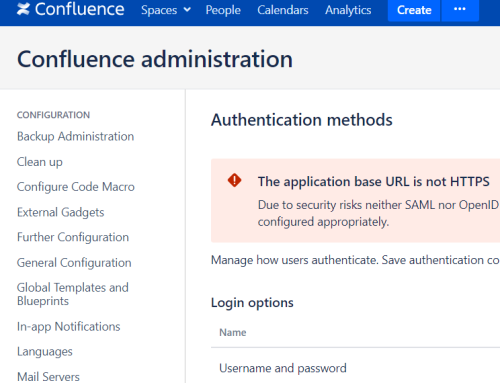Nettitude recently conducted a penetration test for a customer who used Rocket TRUfusion Enterprise within their external infrastructure. Two high severity vulnerabilities were identified, including an authentication bypass issue and Server-Side Request Forgery (SSRF). These vulnerabilities have been designated by MITRE as CVE-2022-25026 and CVE-2022-25027, and affect all versions prior to 7.9.5.1.
Rocket TRUfusion Enterprise is a software solution for organizations to exchange product design data such as CAD files. This is fronted by a web portal, which is where the vulnerabilities were identified.
Authentication Bypass (CVE-2022-25027)
Nettitude identified a vulnerability which would allow users to gain unauthorised access to protected areas of the application without providing credentials.
It was observed that by clicking the “Password forgotten” button on the login form, the application would mark the user’s session token as authenticated on the server-side. This could then be used to access confidential and sensitive functionality – bypassing the login requirement.
As shown below, when first accessing the application, it was not possible to view the “Upload” page without first authenticating. The user would be redirected back to the login page.

Nettitude then visited the “Password forgotten” page using the same session cookie. This URL was as follows:
- https://example.com/trufusionPortal/tfeportalpwdforgot
At a glance, the response appeared normal, and the forgotten password page was shown.

However, after visiting this page, the “Upload” page was requested again using the same session cookie. As shown below, this time the page loaded successfully without redirecting to login.

This page contains personally identifiable information (PII) and may also allow sensitive actions to be performed. For example, the recipient list below contained details of staff members and their associated departments.

Note that this is just an example of what could be accessed following the authentication bypass. More importantly, it also allows a remote attacker to gain the valid session cookie required to exploit the Server-Side Request Forgery (SSRF) vulnerability below.
Server-Side Request Forgery (CVE-2022-25026)
Rocket TRUfusion Enterprise was found to also be vulnerable to Server-Side Request Forgery (SSRF). This vulnerability allows an attacker to induce the application to make HTTP requests to an arbitrary domain.
In some cases, this could allow unauthorised access to internal services within the organisation’s infrastructure. This access may be used for conducting further attacks against internal services or back-end systems. In the event that the vulnerable server is deployed within cloud infrastructure such as AWS, it may also be possible to use the Instance Metadata Service to retrieve temporary credentials for the associated AWS account.
This type of vulnerability has now fallen into the OWASP Top Ten, as A10:2021 – Server-Side Request Forgery (SSRF).
The affected page was as follows:
- https://example.com/trufusionPortal/upDwModuleProxy?upDwUrl={url}
An attacker could provide an arbitrary URL, essentially using the web server as a proxy. This is shown in the following screenshot, proxying the Nettitude website.

However as mentioned, an attacker could also access local IP addresses such as hosts on the web server’s internal network.

This could allow unauthorised access to internal webpages, for example Git, Confluence, or SharePoint, which may contain highly sensitive or confidential information.

Conclusion
There are a number of security controls which developers can implement to prevent these types of issues. Firstly, applications should always use a robust authentication process, only providing a valid session cookie to a user after they have entered the correct credentials. Ideally, this should also include multi-factor authentication.
To prevent Server-Side Request Forgery, applications should never pass untrusted user input directly to a HTTP request function. If this is required, input should be strictly validated against an allow list. Strong network access controls can also prevent unauthorised access to the internal network.
Rocket Software produced a fix for the two identified issues shortly after notification. Nettitude retested the updated release and confirmed that both vulnerabilities were fully resolved in version 7.9.5.1.
Disclosure Timeline
A timeline of key dates are as follows:
- Discovery by Nettitude: 26 November 2021
- Vendor informed: 09 February 2022
- CVEs assigned: 01 March 2022
- Vendor fix released: 01 April 2022




